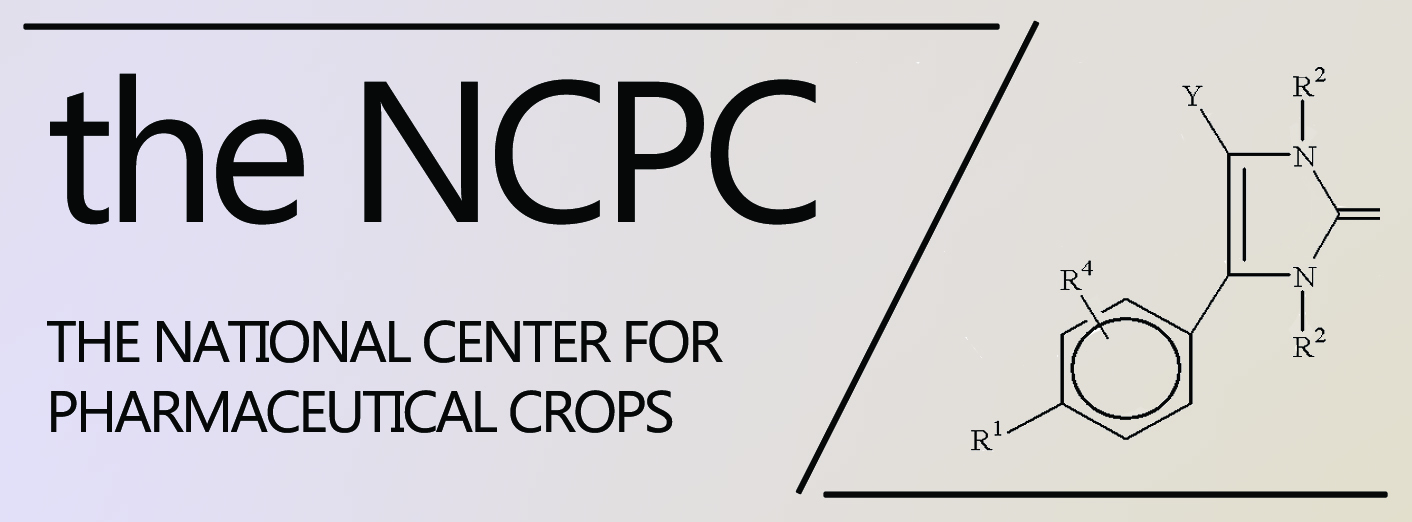
Title
Induced Endogenous Autotoxicity in Camptotheca
Document Type
Article
Publication Date
6-2010
Abstract
Are plants always immune to their endogenous toxic secondary metabolites? Without disturbance, fast-growing Camptotheca plants can avoid poison by its endogenous camptothecin (DNA topoisomerase I inhibitor) at more than 10 times higher than the fatal concentration of exogenous application to the plant. Pruning has been long known to promote lateral growth; however, here we report that auxin-reducing pruning can induce endogenous autotoxicity in Camptotheca: dramatic deviations from normal morphogenesis, including serrated or lobed leaves, disturbed phyllotaxis, and fasciated stems. The abnormal morphogenesis appears correlatively with the elevated camptothecin contents following decapitation pruning. Plants resume their normal morphogenesis when camptothecin is reduced to natural levels after stress discontinuation. Exogenously applied auxin restores a dwarf mutant of high camptothecin yield to its parent type of lower yield, suggesting that auxin may be a triggering factor for the observed autotoxicity. Autotoxicity induced by endogenous compounds has not been reported before.
Repository Citation
Li, Shiyou; Wang, Ping; and Yuan, Wei, "Induced Endogenous Autotoxicity in Camptotheca" (2010). NCPC Publications and Patents. 20.
https://scholarworks.sfasu.edu/ncpc_articles/20



Comments
Originally published in Frontiers in Bioscience (2010) 1(2)
Subscribers may access full text at: https://www.bioscience.org/2010/v2e/af/179/fulltext.htm